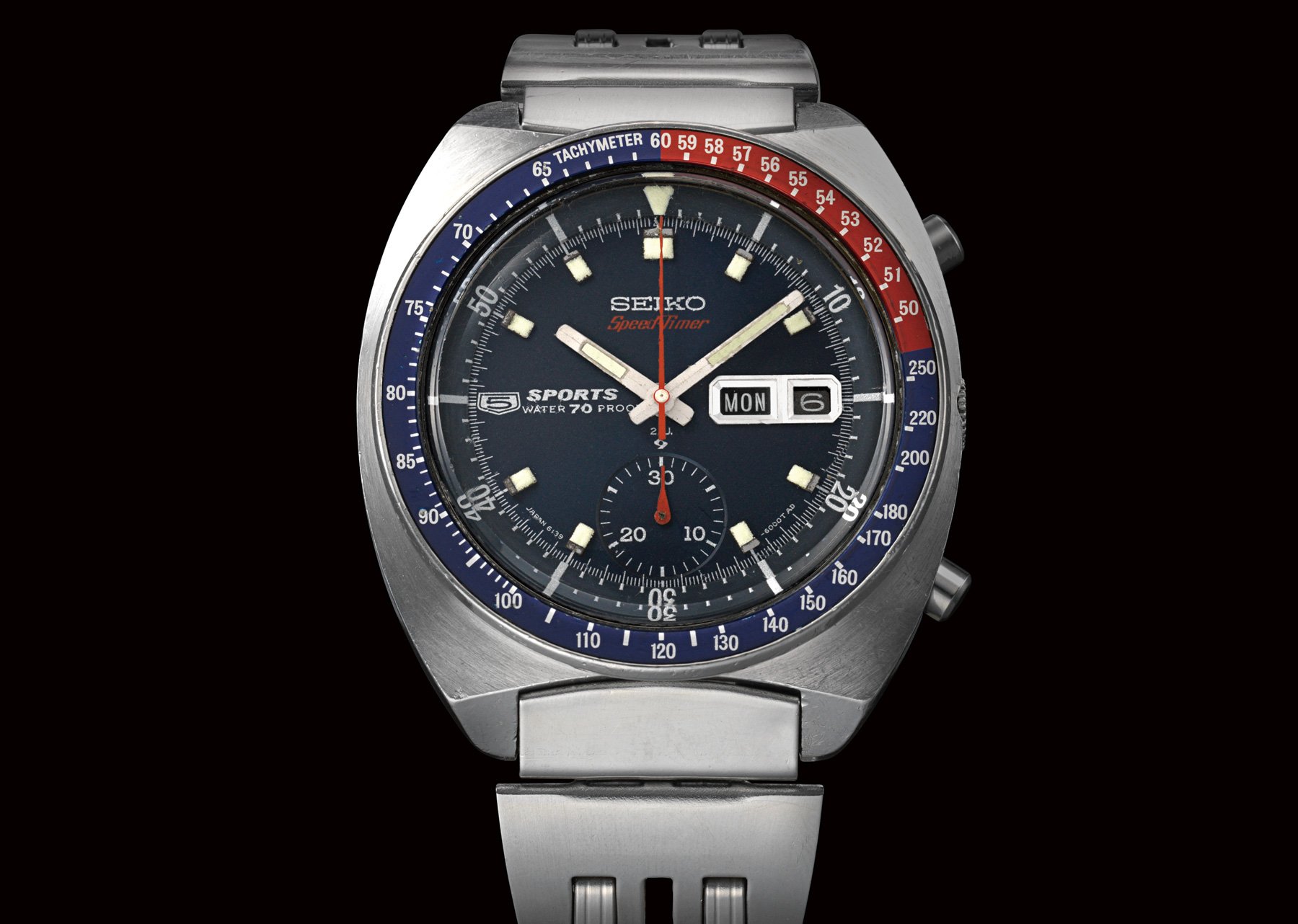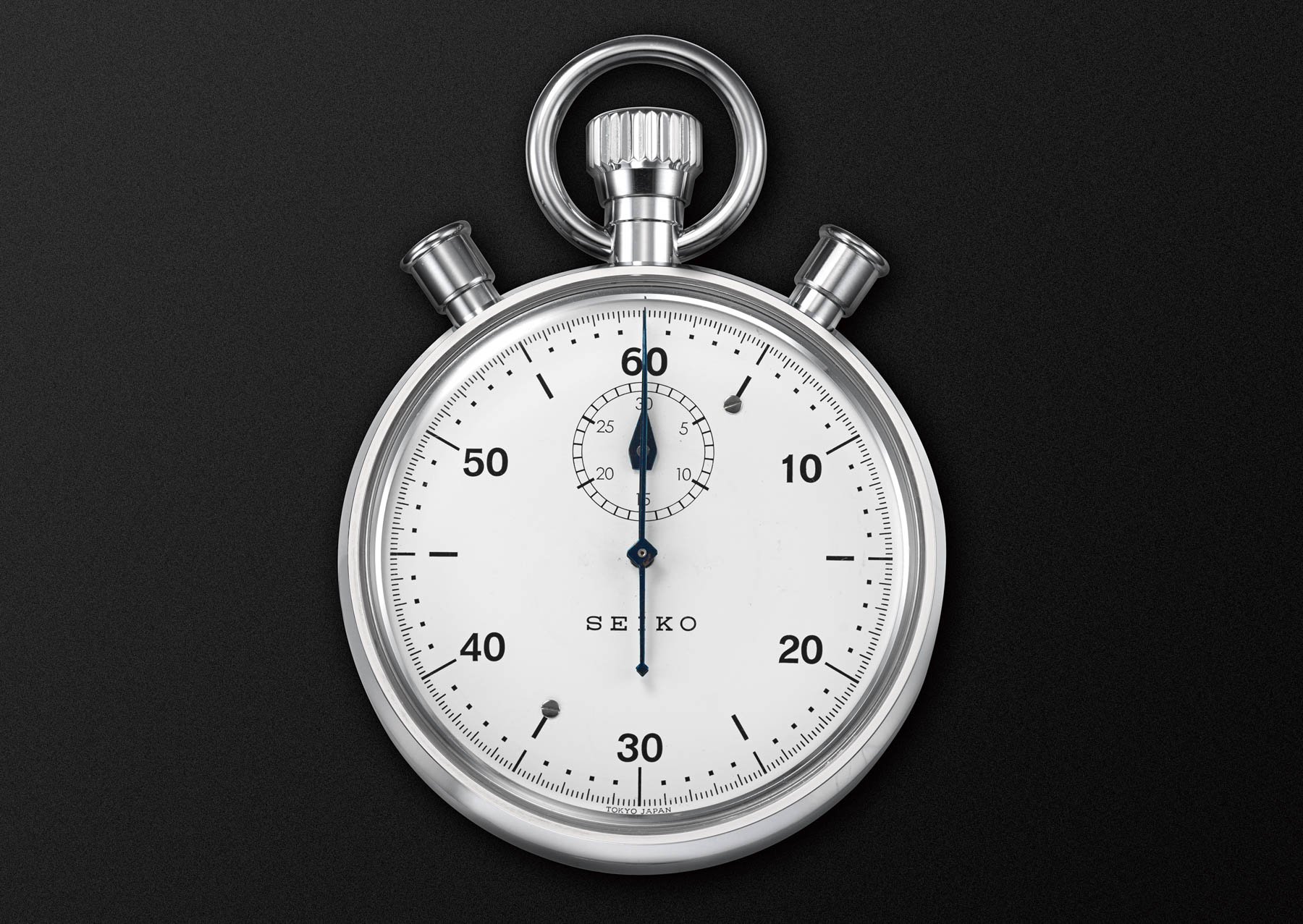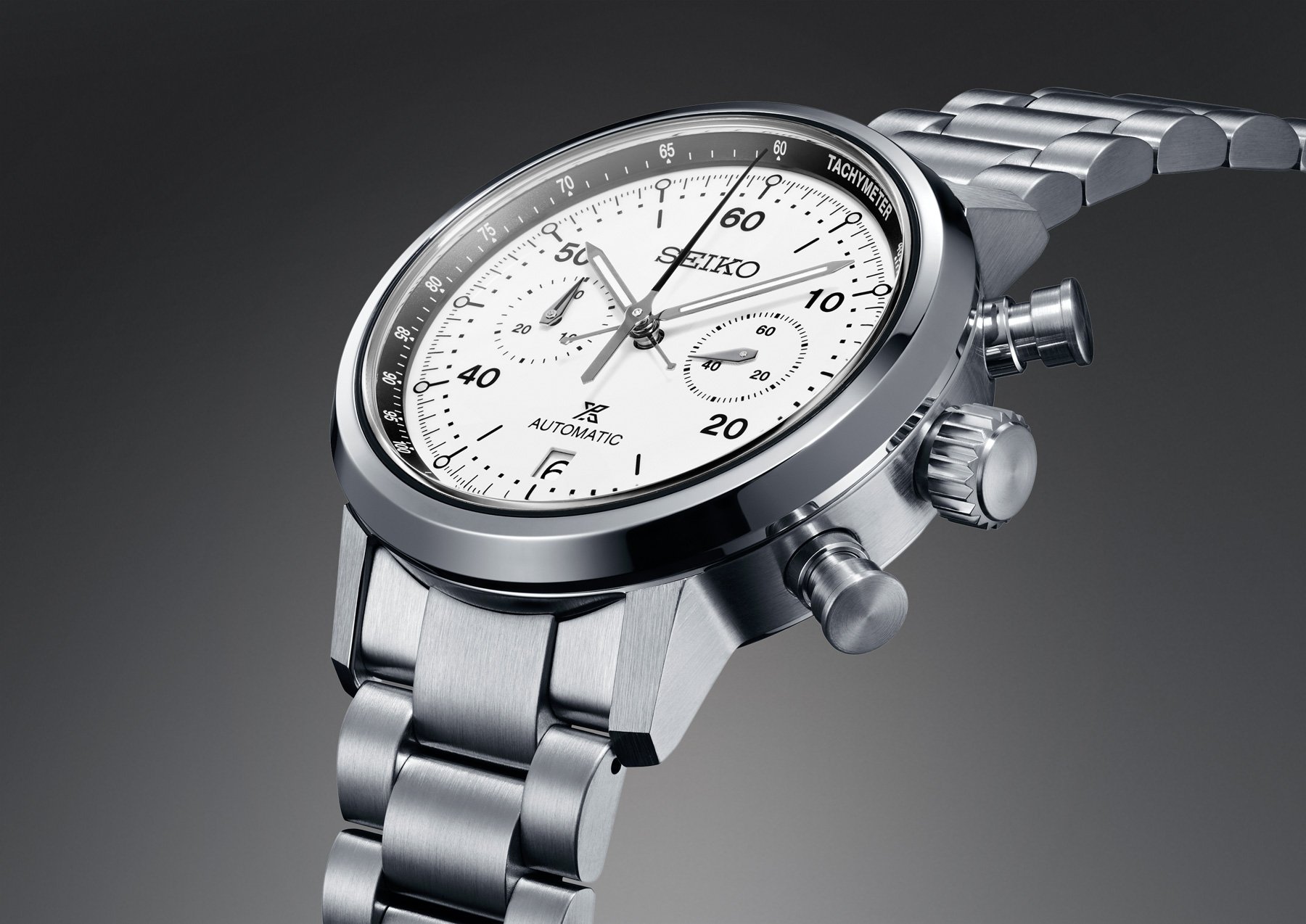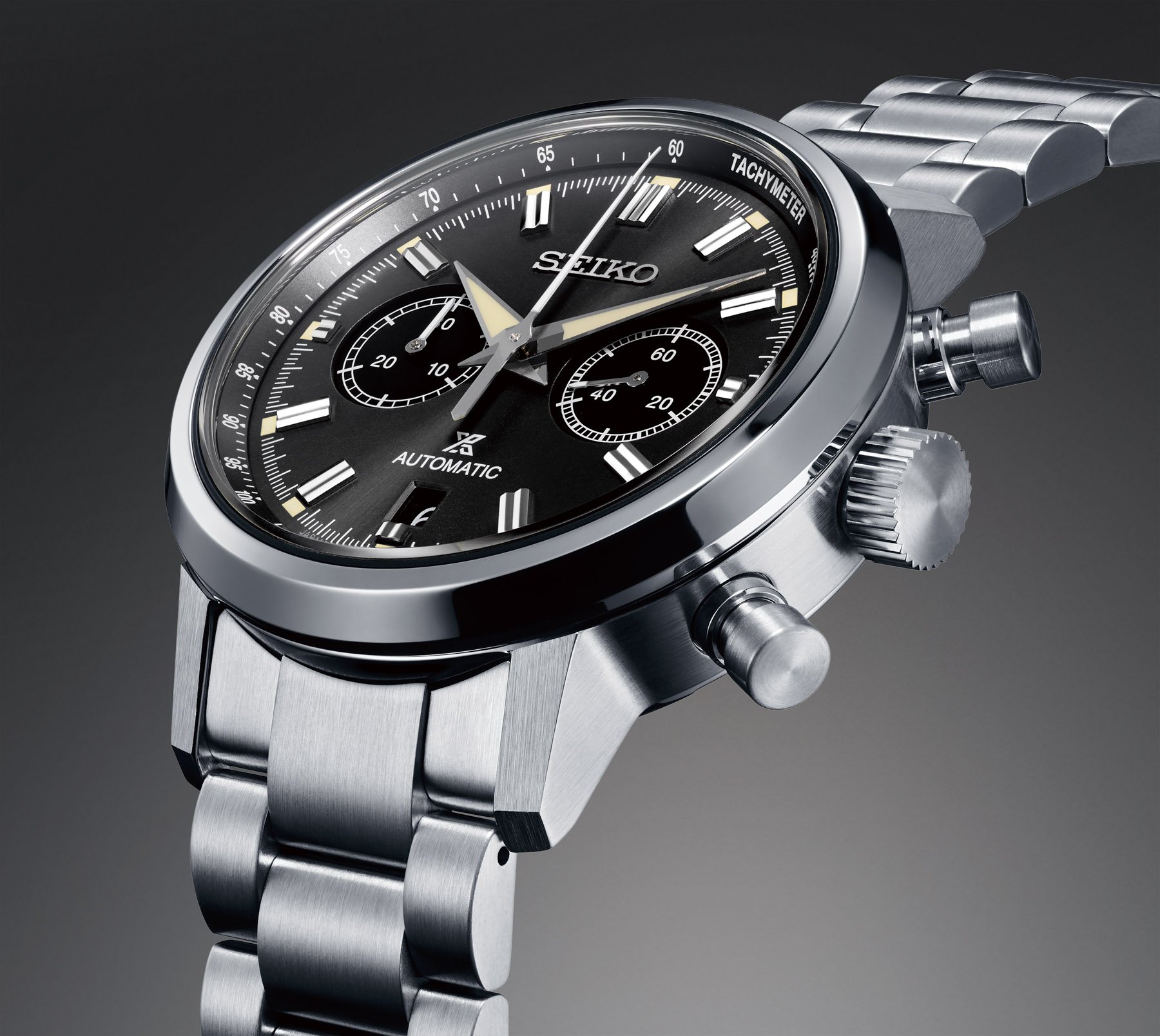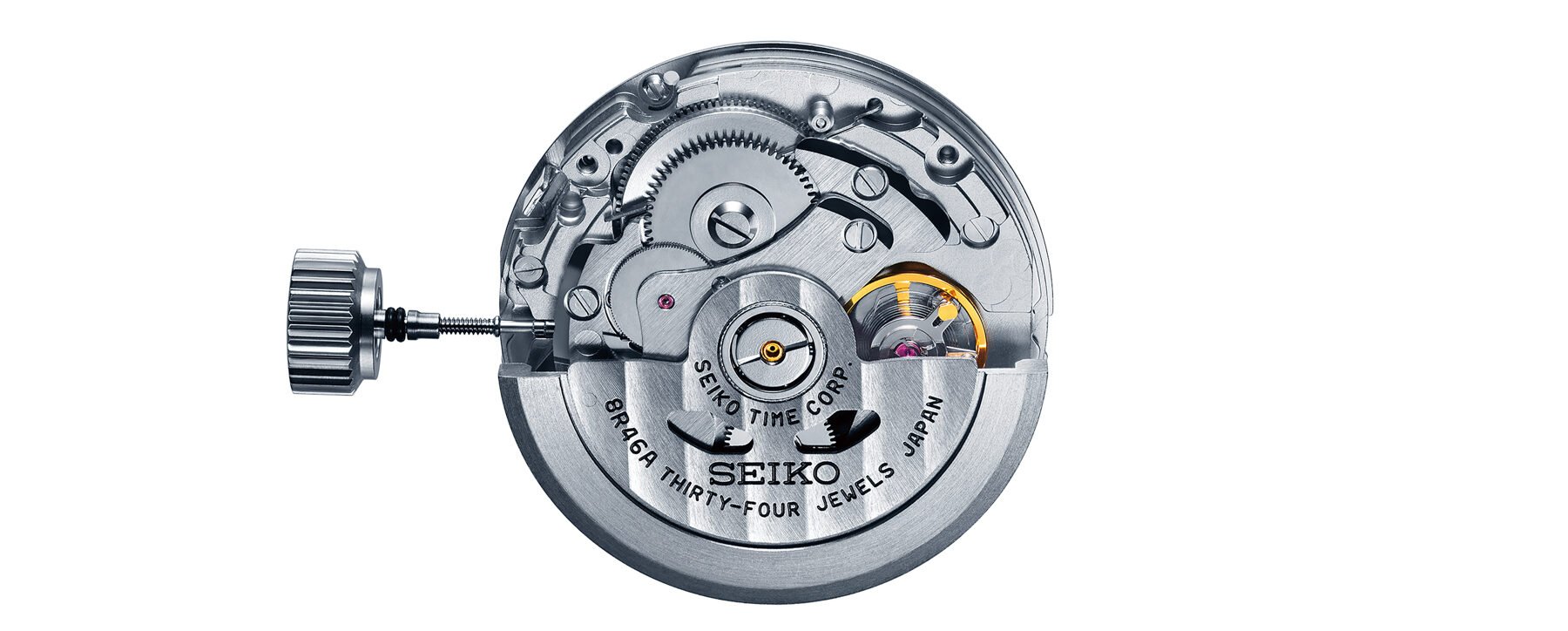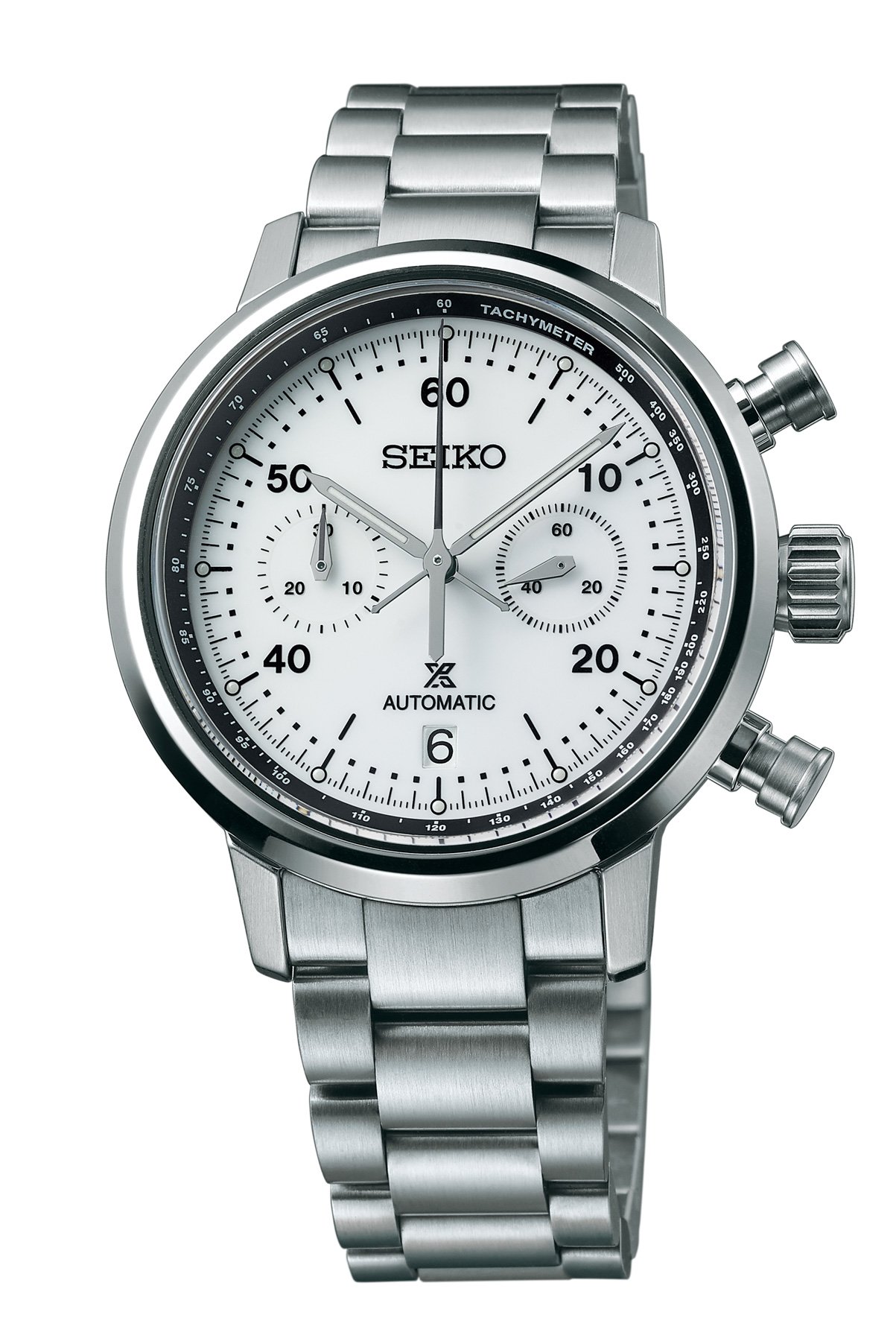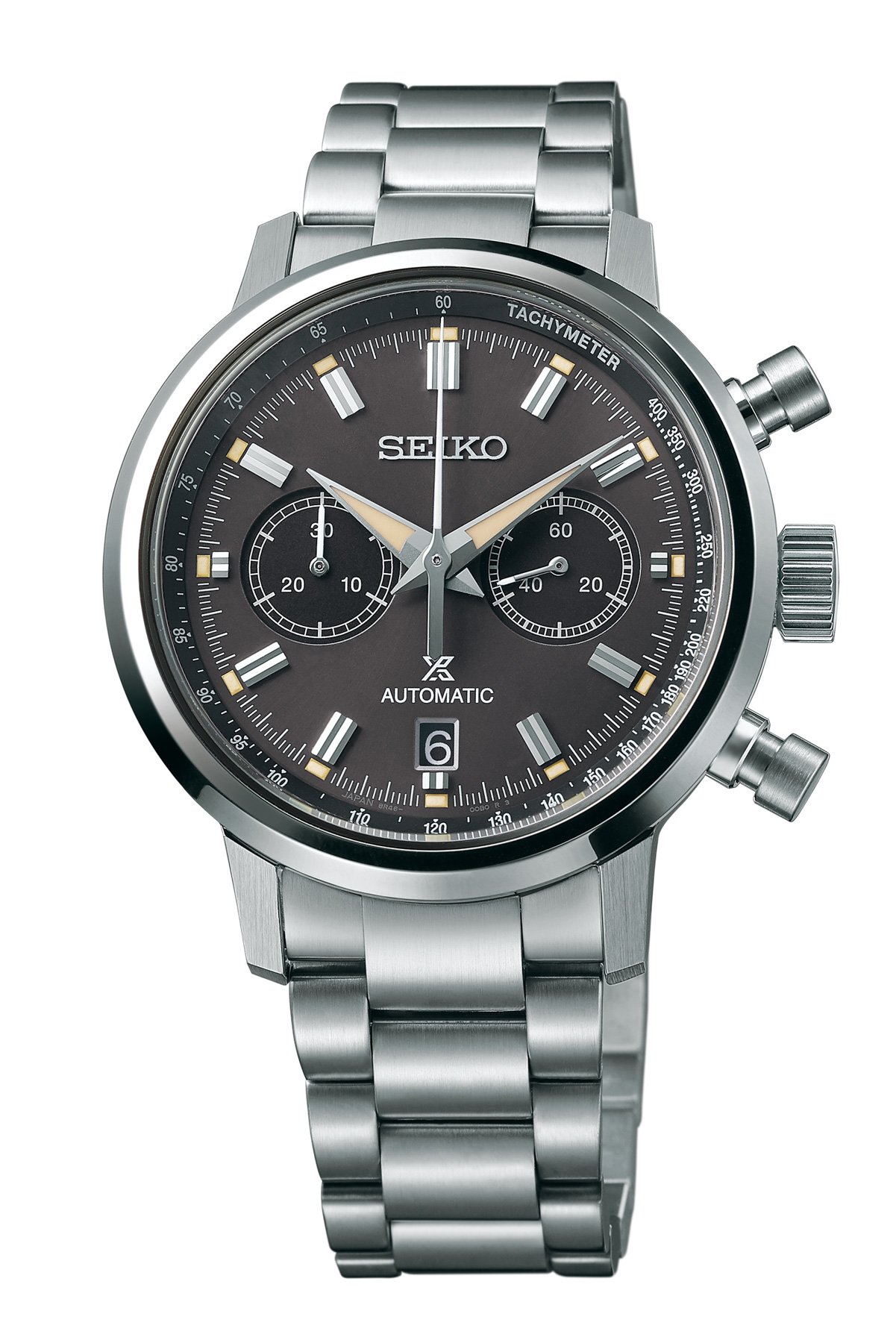Meet Seiko’s New Speedtimer Chronographs: The Prospex SRQ035 And SRQ037
Although Zenith announced the ground-breaking El Primero automatic chronograph in January of 1969, it was beaten to the shelves (and ultimately the wrists of watch lovers) by the Seiko Speedtimer. By the time May 1969 rolled around, Seiko’s majestic entry in the chronograph dash had arrived in shops, nosing ahead of Zenith at the last as both brands leaned for the finish line of what had been a long, arduous, and furiously contested race. Following the pair in August of the same year, was the joint effort automatic chronograph Caliber 11 by Heuer, Breitling, Buren, and Dubois-Depraz.
But to be honest, I don’t care that much about who was first. Historians can extol whomever they please 50 years after one of horology’s most famous photo finishes. For some of you, the winner of this race will matter. For others, it is just an interesting footnote. As we’ve seen from the very special race won by our beloved Omega Speedmaster, however, victory in such a contest can be turned into marketing gold by the alchemists that call product communication their daily bread.
Who really won?
To me (and feel free to disagree here), the race is officially over when the watch is available. While Zenith won the concept leg of the relay, Seiko won the market. Perhaps that means Zenith was the first brand to “invent” the automatic chronograph, but it wasn’t the first to produce it. That accolade falls to Seiko. Thank goodness, however, we are able to travel again, as I’m sure many of you will fancy hopping onto a plane and coming all the way to The Hague to tell me why I’m wrong over a few beers. Before you get here, I have to add that those first caliber 6139 powered watches were only available on the Japanese market. That would make them very early JDM stuff, you could say.
Seiko Speedtimer SRQ035 and SRQ037
The first Seiko that was equipped with the caliber 6139 was called the Speedtimer. Today, Seiko introduces eight new Speedtimer models. Six of these novelties have a Solar-powered movement and two utilize the mechanical automatic chronograph caliber 8R46. In this article, we will focus on the latter, because that’s the stuff that interests us most. To me, it is not entirely clear why Seiko is referring to the Speedtimer from 1969 except for the name. As you can see, the watch does not take many design cues from those first Seiko Speedtimer models.
Before I jump into the new Seiko Speedtimer watches (two variations), it is important to know that Seiko used its 1964 stopwatch as inspiration for its design. Rotate the 1964 stopwatch 90 degrees clockwise, and you will immediately see the resemblance. Not only does the dial color and printing look familiar, but also the shape of the pushers.
White dial SRQ035 Limited Edition
The white dial version of the new Seiko Speedtimer (reference SRQ035) is limited to 1,000 pieces only. Seiko is still strong in the limited edition game, beating many other brands at it, including Hublot, I think. Is that a good thing? I don’t know, but it definitely still works for many (including me). Maybe it comes down to the FOMO. Perhaps it is the special designs of these watches? I suppose it is possible that some people are attracted by limited quantities above all else? Whatever your reason to buy a Seiko limited edition, the brand is fine with it. You do you! Personally, I prefer the white dial edition of the Speedtimer. I would also feel that way were it a regular collection model, however.
Charcoal-grey SRQ037
Additionally, we have a charcoal-grey dial version, with reference SRQ038. This one is not limited. Both of these watches share the same 42.5×15.1mm case and steel bracelet. The grey-charcoal version has a different dial design, with applied hour markers and differently shaped lume plots. As you can see in the pictures, the limited edition Speedtimer SRQ035 also has a different handset than the SRQ037. The luminous material on the Speedtimer is Seiko’s own Lumibrite.
Caliber 8R46
Inside, is caliber 8R46. An automatic chronograph movement from the 8R-series, similar to the 8R48 but now as a compur (unicompax) version. At 6 o’clock, you will find the date aperture. I wouldn’t have minded a no-date version of the watch, especially the white version. I think that would have looked very clean indeed. The chronograph has a column-wheel mechanism and a vertical clutch and its escapement uses Seiko’s MEMS technology. Caliber 8R46 has a power reserve of 45 hours and ticks at 28,800vph. The movement can be observed through the display back.
A new bracelet
According to Seiko, the stainless steel bracelet on these new Speedtimer references is new and specifically designed for these watches. The clasp consists of a three-fold piece, with release pushers. It is quite an engineered bracelet, as its thickness, weight, and low center of gravity ensure stability and a comfortable fit. We’re curious to experience what this means, as soon as we’re able, we will give them a try for sure. Both the case and bracelet have been treated with a special super-hard coating, to be more scratch-resistant.
These Seiko Speedtimer watches belong to the Prospex collection and have a water resistance of 100 meters. The limited-edition Seiko Speedtimer SRQ035 comes with an additional leather strap as well. The price for the Seiko Speedtimer SRQ037 is €3,000. The limited-edition SRQ035 will retail for €3,200. More information can be found on the official Seiko website.

